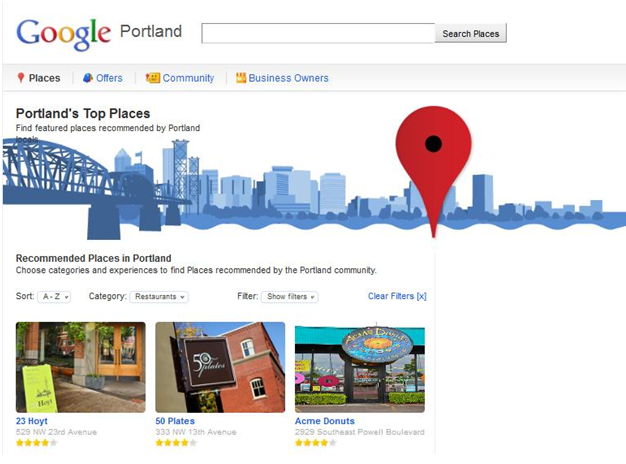There are many reasons why your search engine rankings can drop, and unfortunately, many times car dealers are at the mercy of Google and the other search engines. Google is earnest in their mission to provide the most relevant content to their customers, so they provide tips and suggestions for how content providers can rank highly for their relevant terms. Below are some things that could cause your car dealership website to be penalized or ranked lower by Google. One incredibly valuable resource to keep tabs on your site’s Google performance and any Google-related website problems is Google’s Webmaster Tools.
Paid Links: While you can sometimes get away with buying back links to your site, it’s generally frowned upon. Buying in bulk and paying for a link from a website with a high Page Rank will make you more likely to get caught and penalized by Google.
Back Links: While back links are a big part of SEO, they can also lead to penalties. For example, having multiple links on your site in the wrong language, hiding links, and adding a large amount of back links to your site in a short period of time will all alert Google that perhaps these aren’t legitimate links.
Content: Google’s Panda update to their algorithm put additional focus on having quality, relevant content on your website. This should be the goal of every site looking to achieve a high ranking. Things like having low quality content, content pulled from other sites (duplicate content) and content that can’t be easily read by humans can lead to Google ranking penalties. I have seen some of our customers’ competitors apparently get either temporarily black-listed or harshly penalized for having text hidden in an expandable text box.
Website Issues: If you block search engines robots from reading your site, you won’t get ranked. Also, if many pages on your site have duplicate page titles and descriptions (for instance if each vehicle in your inventory doesn’t have its own unique page with unique title tag, URL, description, and content) Google won’t be able to rank each one individually. Best practices are to have a dynamic XML Sitemap that reflects the content on your site. Use Google’s Webmaster Tools to check that Google is downloading your Sitemap without issue.


